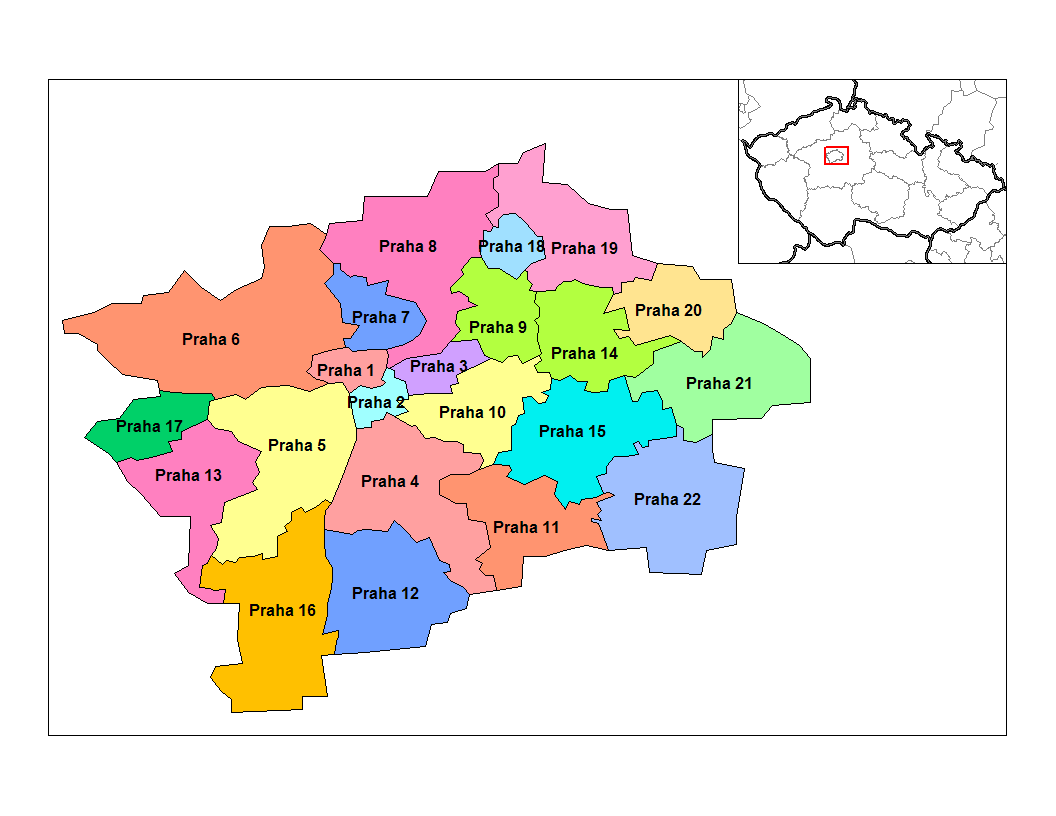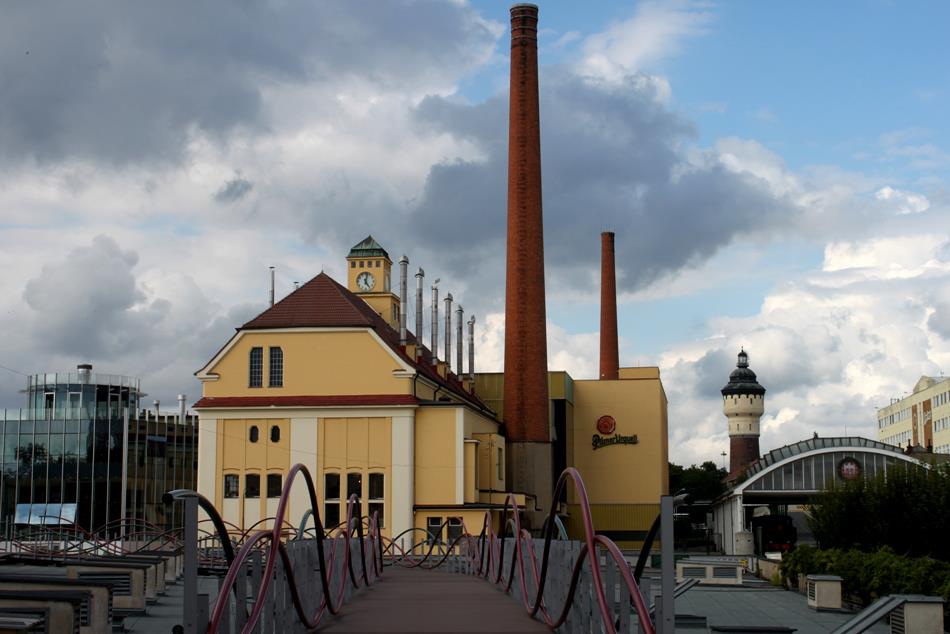|
Pláně
Pláně is a municipality and village in Plzeň-North District in the Plzeň Region of the Czech Republic. It has about 300 inhabitants. Pláně lies approximately north of Plzeň and west of Prague Prague ( ; ) is the capital and List of cities and towns in the Czech Republic, largest city of the Czech Republic and the historical capital of Bohemia. Prague, located on the Vltava River, has a population of about 1.4 million, while its P .... Administrative division Pláně consists of four municipal parts (in brackets population according to the 2021 census): *Pláně (125) *Korýtka (18) *Ondřejov (42) *Vrážné (62) Demographics References External links * Villages in Plzeň-North District {{Plzeň-geo-stub ... [...More Info...] [...Related Items...] OR: [Wikipedia] [Google] [Baidu] |
Plzeň-North District
Plzeň-North District () is a Okres, district in the Plzeň Region of the Czech Republic. Its capital is the city of Plzeň. The most populated town of the district is Nýřany. Administrative division Plzeň-North District is divided into two Districts of the Czech Republic#Municipalities with extended competence, administrative districts of municipalities with extended competence: Kralovice and Nýřany. List of municipalities Towns are marked in bold: Bdeněves - Bezvěrov - Bílov (Plzeň-North District), Bílov - Blatnice (Plzeň-North District), Blatnice - Blažim (Plzeň-North District), Blažim - Bohy - Brodeslavy - Bučí - Čeminy - Černíkovice (Plzeň-North District), Černíkovice - Čerňovice - Česká Bříza - Chotíkov - Chříč - Dobříč (Plzeň-North District), Dobříč - Dolany (Plzeň-North District), Dolany - Dolní Bělá - Dolní Hradiště - Dražeň - Druztová - Heřmanova Huť - Hlince - Hněvnice - Holovousy (Plzeň-North District), Holovousy - H ... [...More Info...] [...Related Items...] OR: [Wikipedia] [Google] [Baidu] |
Obec
(, ; plural ) is the Czech and Slovak word for a municipality (in the Czech Republic, in Slovakia and abroad). The literal meaning of the word is " commune" or " community". It is the smallest administrative unit that is governed by elected representatives. Cities and towns are also municipalities. Definition The legal definition (according to the Czech code of law with similar definition in the Slovak code of law) is: ''"The municipality is a basic territorial self-governing community of citizens; it forms a territorial unit, which is defined by the boundary of the municipality."'' Every municipality is composed of one or more cadastral areas. Every municipality is also composed of one or more municipal parts (), which are usually town quarters or villages. A municipality can have its own flag and coat of arms. Czech Republic Almost the entire area of the Czech Republic is divided into municipalities, with the only exception being military training areas. The smaller mu ... [...More Info...] [...Related Items...] OR: [Wikipedia] [Google] [Baidu] |
Regions Of The Czech Republic
Regions of the Czech Republic ( ; singular ) are higher-level territorial self-governing units of the Czech Republic. History The first regions (''kraje'') were created in the Kingdom of Bohemia in the 14th century. At the beginning of the 15th century, Bohemia was already divided into 12 regions, but their borders were not fixed due to the frequent changes in the borders of the estates. During the reign of George of Poděbrady (1458–1471), Bohemia was divided into 14 regions, which remained so until 1714, when their number was reduced to 12 again. From 1751 to 1850, after the four largest regions were divided, the kingdom consisted of 16 regions. Between 1850 and 1862, there were several reforms and the number of regions fluctuated between 7 and 13. Due to the parallel establishment of political districts in 1848, however, their importance declined. In 1862, the regions were abolished, although the regional authorities had some powers until 1868. Moravia was divided into ... [...More Info...] [...Related Items...] OR: [Wikipedia] [Google] [Baidu] |
Plzeň Region
Plzeň Region or Plzeňský Region (also known as Pilsen Region; ) is an Regions of the Czech Republic, administrative unit () of the Czech Republic, located in the western part of the historical land of Bohemia and named after the capital, Plzeň. In terms of area, Plzeň Region is 7,561 km2, the third largest region in the Czech Republic. However, with a population of about 585,000 inhabitants it is the ninth most populous region. After the South Bohemian Region it is the second least densely populated region. The region can be roughly divided into two parts: a highly industrialized north-eastern part with a strong engineering tradition around Pilsen () and a more hilly and rural south-western part with smaller-sized manufacturing companies processing natural resources. The region borders the Karlovy Vary Region (to the north-west), Ústí nad Labem Region (to the north), Central Bohemian Region (north-east), South Bohemian Region (to the east) and with Bavaria (part of G ... [...More Info...] [...Related Items...] OR: [Wikipedia] [Google] [Baidu] |
Districts Of The Czech Republic
Districts of the Czech Republic are territorial units, formerly used as second-level administrative divisions of the Czech Republic. After their primary administrative function has been abolished in 2003, they still exist for the activities of specific authorities and as statistical units. Their administrative function was moved to selected municipalities. Establishment In 1960, Czechoslovakia was re-divided into districts (''okres'', Grammatical number, plural ''okresy''), often without regard to traditional division and local relationships. In the area of the Czech Republic, there were 75 districts; the 76th Jeseník District was split from Šumperk District in 1996. Three consisted only of the Statutory city (Czech Republic), statutory cities of Brno, Ostrava and Plzeň, which gained the status of districts only in 1971; Ostrava and Plzeň districts were later expanded. The capital city of Prague has a special status, being considered a municipality and region at the same time ... [...More Info...] [...Related Items...] OR: [Wikipedia] [Google] [Baidu] |
Czech Statistical Office
The Czech Statistical Office (abbreviated CSO or CZSO; , abbreviated ''ČSÚ'') is a central state administration authority of the Czech Republic. It is an office independent of the country's government, whose main tasks are the collection, processing and dissemination of statistical data and the organization of elections in the Czech Republic and the population census. History The beginnings of the organized statistical service in Czechoslovakia date to 28 January 1919, when the National Assembly of the Czechoslovak Republic approved the Act on the Statistical Service (No. 49/1919 Coll. of Laws n. "on the organization of the statistical service"). The law defined the newly office called State Statistical Office as a state institution with its rights and obligations. The main task of the office was the collection and publication of basic demographic, social and economic data on the development of Czechoslovak society. Dobroslav Krejčí became the first president of the office. I ... [...More Info...] [...Related Items...] OR: [Wikipedia] [Google] [Baidu] |
Central European Time
Central European Time (CET) is a standard time of Central, and parts of Western Europe, which is one hour ahead of Coordinated Universal Time (UTC). The UTC offset, time offset from UTC can be written as UTC+01:00. It is used in most parts of Europe and in several African countries. CET is also known as Middle European Time (MET, German: :de:Mitteleuropäische Zeit, MEZ) and by colloquial names such as Amsterdam Time, Berlin Time, Brussels Time, Budapest Time, Madrid Time, Paris Time, Stockholm Time, Rome Time, Prague time, Warsaw Time or Romance Standard Time (RST). The 15th meridian east is the central axis per UTC+01:00 in the world system of time zones. As of 2023, all member state of the European Union, member states of the European Union observe summer time (daylight saving time), from the last Sunday in March to the last Sunday in October. States within the CET area switch to Central European Summer Time (CEST, UTC+02:00) for the summer. The next change to CET is scheduled ... [...More Info...] [...Related Items...] OR: [Wikipedia] [Google] [Baidu] |
Central European Summer Time
Central European Summer Time (CEST, UTC+02:00), sometimes referred to as Central European Daylight Time (CEDT), is the standard clock time observed during the period of summer daylight-saving in those European countries which observe Central European Time (CET; UTC+01:00) during the other part of the year. It corresponds to UTC+02:00, which makes it the same as Eastern European Time, Central Africa Time, South African Standard Time, Egypt Standard Time and Kaliningrad Time in Russia. Names Other names which have been applied to Central European Summer Time are Middle European Summer Time (MEST), Central European Daylight Saving Time (CEDT), and Bravo Time (after the second letter of the NATO phonetic alphabet). Period of observation Since 1996, European Summer Time has been observed between 01:00 UTC (02:00 CET and 03:00 CEST) on the last Sunday of March, and 01:00 UTC on the last Sunday of October; previously the rules were not uniform across the European Union. The ... [...More Info...] [...Related Items...] OR: [Wikipedia] [Google] [Baidu] |
Czech Republic
The Czech Republic, also known as Czechia, and historically known as Bohemia, is a landlocked country in Central Europe. The country is bordered by Austria to the south, Germany to the west, Poland to the northeast, and Slovakia to the southeast. The Czech Republic has a hilly landscape that covers an area of with a mostly temperate Humid continental climate, continental and oceanic climate. The capital and largest city is Prague; other major cities and urban areas include Brno, Ostrava, Plzeň and Liberec. The Duchy of Bohemia was founded in the late 9th century under Great Moravia. It was formally recognized as an Imperial Estate of the Holy Roman Empire in 1002 and became Kingdom of Bohemia, a kingdom in 1198. Following the Battle of Mohács in 1526, all of the Lands of the Bohemian Crown were gradually integrated into the Habsburg monarchy. Nearly a hundred years later, the Protestantism, Protestant Bohemian Revolt led to the Thirty Years' War. After the Battle of White ... [...More Info...] [...Related Items...] OR: [Wikipedia] [Google] [Baidu] |
Plzeň
Plzeň (), also known in English and German as Pilsen (), is a city in the Czech Republic. It is the Statutory city (Czech Republic), fourth most populous city in the Czech Republic with about 188,000 inhabitants. It is located about west of Prague, at the confluence of four rivers: Mže, Úhlava, Úslava and Radbuza, together forming the Berounka River. Founded as a royal city in the late 13th century, Plzeň became an important town for trade on routes linking Bohemia with Bavaria. By the 14th century it had grown to be the third largest city in Bohemia. The city was besieged three times during the 15th-century Hussite Wars, when it became a centre of resistance against the Hussites. During the Thirty Years' War in the early 17th century the city was temporarily occupied after the Siege of Plzeň. In the 19th century, the city rapidly industrialised and became home to the Škoda Works, which became one of the most important engineering companies in Austria-Hungary and later ... [...More Info...] [...Related Items...] OR: [Wikipedia] [Google] [Baidu] |
Prague
Prague ( ; ) is the capital and List of cities and towns in the Czech Republic, largest city of the Czech Republic and the historical capital of Bohemia. Prague, located on the Vltava River, has a population of about 1.4 million, while its Prague metropolitan area, metropolitan area is home to approximately 2.3 million people. Prague is a historical city with Romanesque architecture, Romanesque, Czech Gothic architecture, Gothic, Czech Renaissance architecture, Renaissance and Czech Baroque architecture, Baroque architecture. It was the capital of the Kingdom of Bohemia and residence of several Holy Roman Emperors, most notably Charles IV, Holy Roman Emperor, Charles IV (r. 1346–1378) and Rudolf II, Holy Roman Emperor, Rudolf II (r. 1575–1611). It was an important city to the Habsburg monarchy and Austria-Hungary. The city played major roles in the Bohemian Reformation, Bohemian and the Protestant Reformations, the Thirty Years' War and in 20th-century history a ... [...More Info...] [...Related Items...] OR: [Wikipedia] [Google] [Baidu] |

